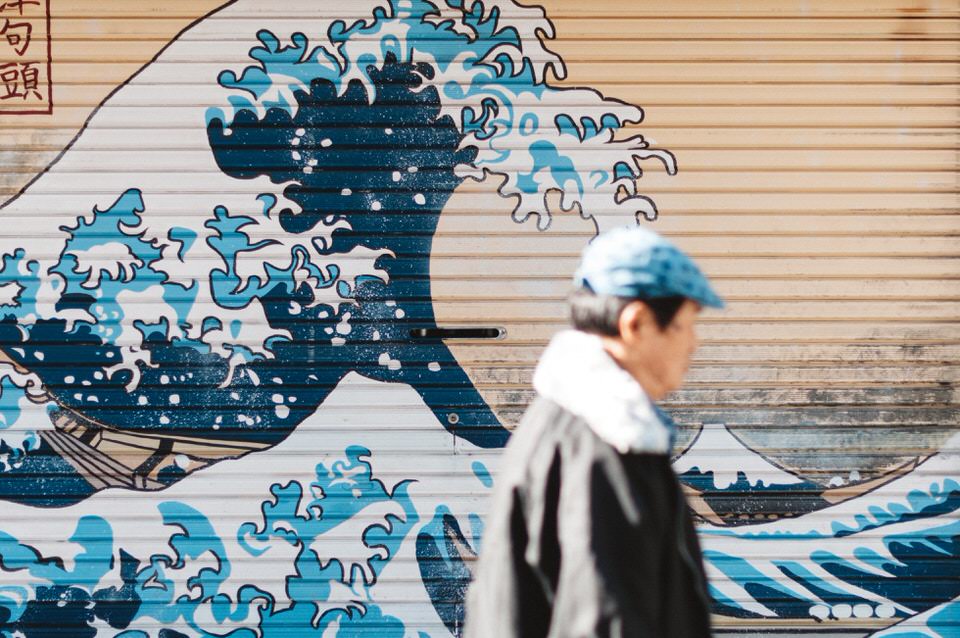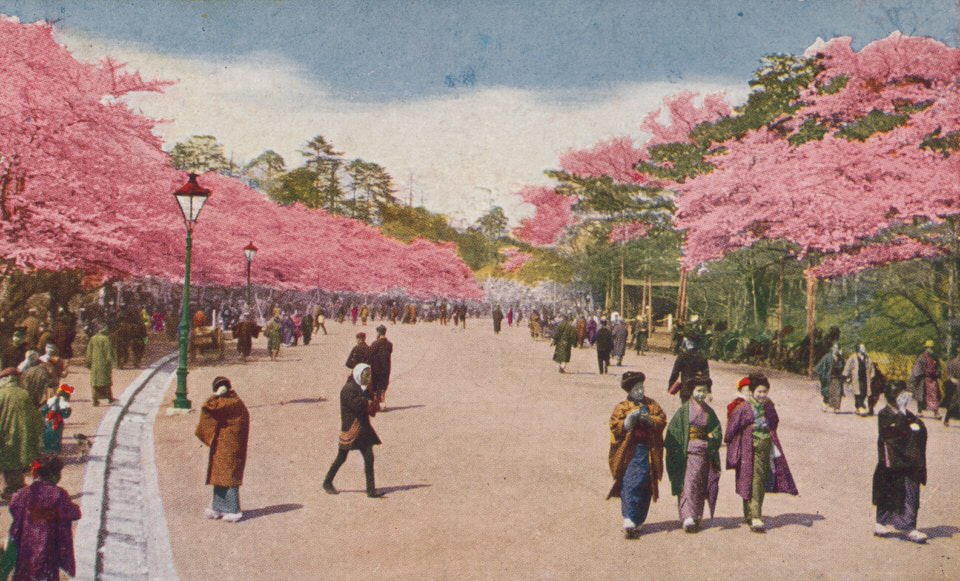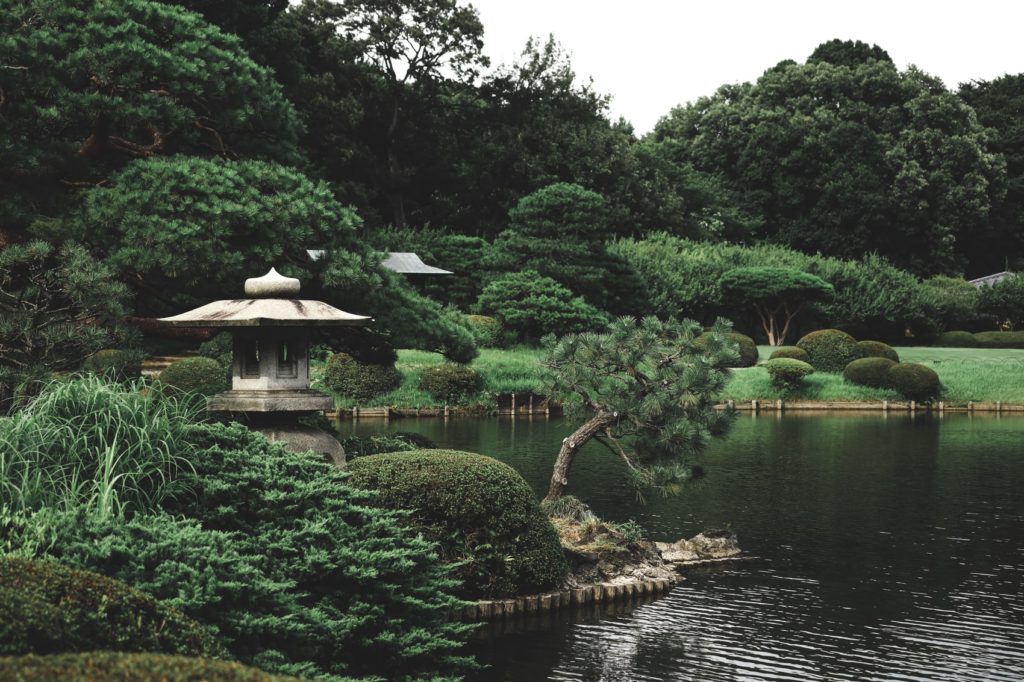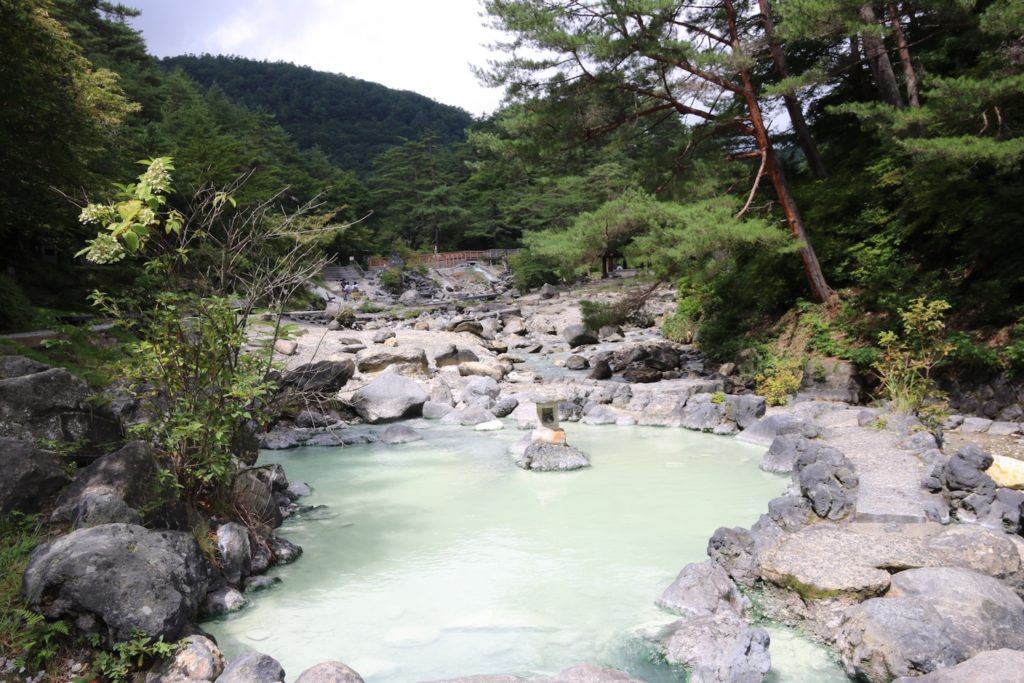Tattoos have developed in a unique way in Japanese history.
Although it is an important part of culture and one of Japan's traditional art forms that is proud of, it is definitely a controversial area as a social view.
Horimono (彫り物) vs Irezumi (刺青)
Both of them means tattoo in English. But actually there's historically different between Horimono and Irezumi.
History of Horimono (彫り物)
History of Horimono was started from Edo era (1603 - 1868).
In Edo-era, Hikyaku (an mail carrier), Hikeshi (Fire fighter), or some of professionals often worked while exposing their skins.
It was preferable for these people wear clothes that are comfortable to move around (which is just wear hundoshi(underwear) ).
But it was also embarrassed for them to expose skins so they started to decorated their own skins as they wrapped around their body like a Kimono.
These people who fought as firefighters, became the heroes of the Edo period, and Horimono was seen as the pride of the town for citizens who live in.
Horimono became an object of admiration
In the mass culture, People with Horimono began to be depicted in Ukiyoe paintings as Heroes (Helping weak people and defeating evil).
Also in the world of Kabuki(classical form of Japanese dance-drama), actors wearing horimono-patterned undershirt began to play leading roles.
History of Irezumi (刺青)
On the other hand, Irezumi became widespread as a way to distinguish between criminals.
Irezumi as a penalty were placed on the forehead or arms, but the shape of the Irezumi differed from region to region.
Tattoo was regulated strongly in Meiji Era
From Meiji Era, government aimed to create a civilized nation as western countries.
With the end of Sakoku (system that strict regulations were placed on foreign relations) , guests from overseas began to visit Japan.
As these people traveled around Japan, they wrote travelogues about the unique Japanese custom in which men in Hundoshi (the traditional Japanese undergarment) with Horimono are strolling around the streets.
The Meiji government saw this as a problem because it was an uncivilized part of Japan as seen from the West.
Then government started to regulate this Horimono culture by law.
After WW2
After WW2, the Japanese Constitution was newly enacted, and the lives of the Japanese people began to change dramatically and become more affluent.
Yakuza Movie in 60's
In the 1960s, a series of masterpieces known as "yakuza films" were shown in the Japanese film industry and became very popular.
The tattoo having on the actors' skin were very effective in captivating the audience.
Because of this influence, this tendency led to the stereotype of tattoos as a "symbol of masculinity" to a "symbol of the yakuza" in society.
Influence of youth culture in 80 -90's
in the 80's and 90's, new youth culture from overseas, such as fashion and music, started to come to Japan in real time, and many people started to wear tattoos as a fashion.
Arguments of Tattoo
Today, tattoos are still viewed with prejudice in Japan. some public facilities (e.g. Onsen / hot springs) still do not allow tattoos.
There are still a lot of gray areas in tattoo law.
This background makes the job of Horishi (Japanese traditional engraver) more difficult.
Designs
Here's some example of Horimono Design:
- The Dragons / 龍
- The Hannya : a type of mask with the appearance of a grinning horned demoness / 般若
- The Phoenix / 鳳凰
- Historical Figure
- The Fox / 狐
- The Carp / 鯉
- The Tiger / 虎
- The Snake / 蛇
- The Oni / 鬼
You can learn more about Oni here.
Oni in Japan - Art, Culture, & History
Oni are sometimes described as monsters in folktales, sometimes revered at festivals as a force to ward off evil, used in cartoons and tattoos.
Tattoo Ideas
You can check many tattoo ides in pinterest. Here's some tattoo ideas:
Terminology in Japanese
It might be good learning as tattooing terminology in Japanese is also related to Japanese history.
Here's some Japanese terminology.
Bunshin (文身) / Shisei (刺青) / Gei (黥)
Bunshin, Shisei, Gei are another way of calling tattoo. It same meaning as Horimono and Irezumi.
Tebori (手彫り)
Tebori is a method of tattooing in which a chisel with a bundle of needles is used to pierce the body.
Tebori is also known as traditional way of Tattooing from Edo era compared to using machine.
Soshinbori (総身彫り) / Gaenbori ( 臥煙彫り) /
Soshinbori and Gaenbori means tattoo that is carved on all the skin of the body from the neck down, except for the face.
Gaen was a fireman in the Edo period. They had a brave spirit and often had Horimono in their body.
But their behavior was also often violent, so the word "gaen" also means "rascal" in Japanese.
More information on podcast
This episode was interesting to learn Japanese tattoo story.
More stories on movie
Learn more about Japan
You can learn more about Japan here:
Japanese Culture : Everything you need to know
Here's the summary of Japanese culture that you need to know. Hope this article helps you to find new interest and chance to deep into Japanese culture.






